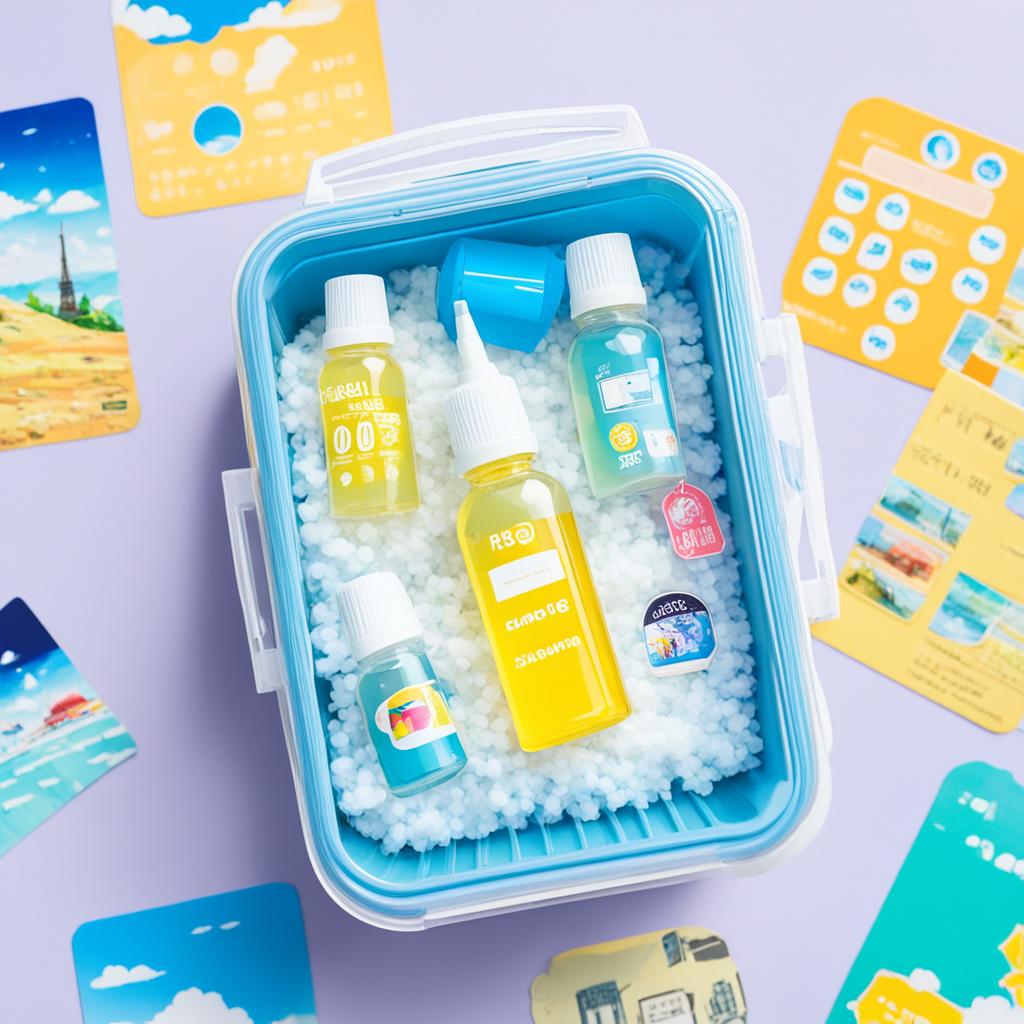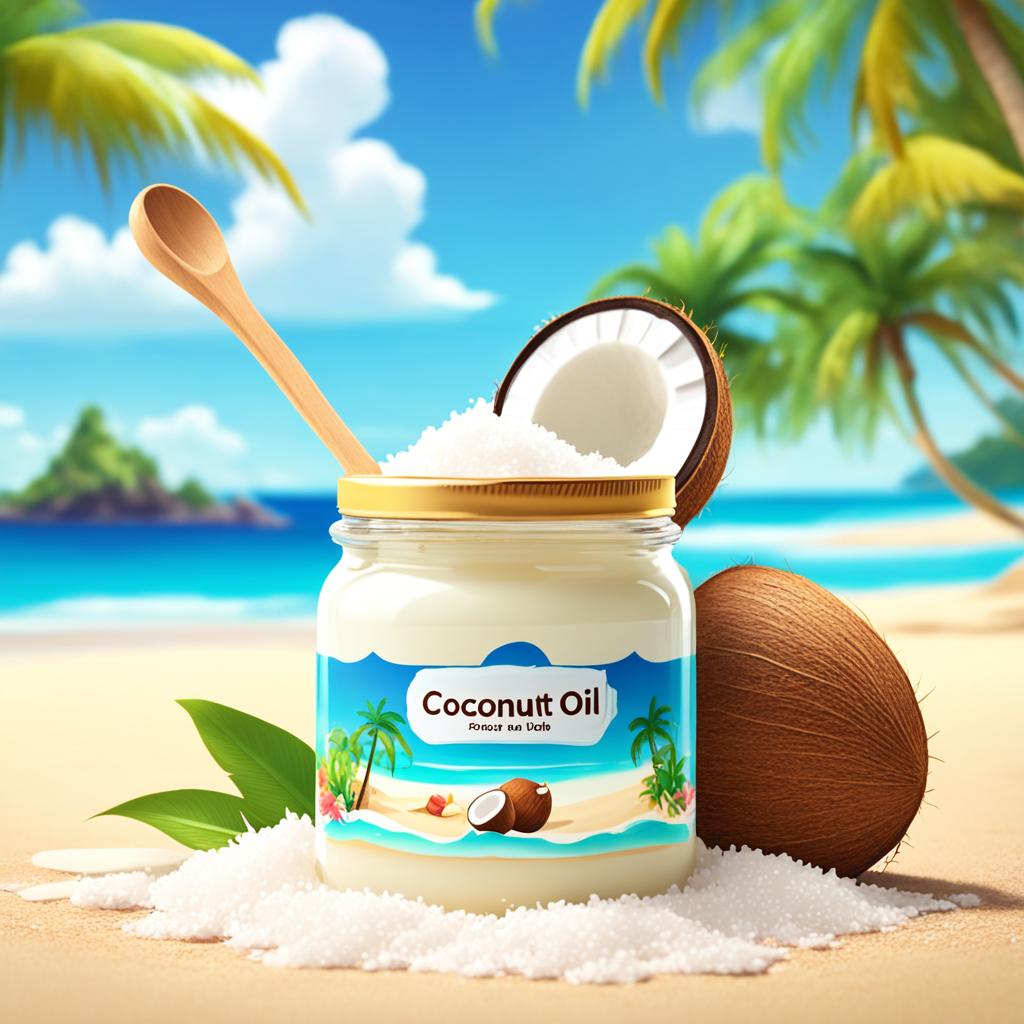Are you a fan of coconut oil and wondering if you can bring it with you when you travel? Well, the good news is that traveling with coconut oil can be a convenient and versatile option for many travelers. Not only can coconut oil be used for various purposes such as moisturizing the skin, removing makeup, and cooking, but it is also readily available and often affordable in many destinations.
However, before you start packing your favorite coconut oil, it’s essential to be aware of TSA rules and regulations to ensure a smooth travel experience without any spillage or confiscation. Packing your coconut oil properly is crucial, and understanding the guidelines will make your journey hassle-free.
In this article, we will explore the benefits of traveling with coconut oil, provide you with packing tips, and navigate through TSA rules and regulations. We will also share insights on traveling internationally with coconut oil, tips for different climates, and much more. So, are you ready to learn all about traveling with coconut oil? Let’s get started!
Benefits of Traveling with Coconut Oil

Coconut oil is a versatile and multi-tasking product that offers a wide range of benefits for travelers. Whether you’re looking for a natural skincare solution, a budget-friendly option, or a versatile product that can serve multiple purposes, coconut oil is an excellent choice.
- Multi-tasking product: Coconut oil can be used as a moisturizer, cleanser, hair conditioner, lip balm, and even a cooking substitute. Its versatility eliminates the need to carry multiple beauty products, making your travel bag lighter and more efficient.
- Natural skincare: If you have sensitive skin or prefer natural skincare options, coconut oil is a great alternative. It is free from harsh chemicals and additives often found in commercial skincare products, allowing you to maintain a healthy skincare routine while on the go.
- Versatile: Regardless of your destination, coconut oil is readily available and can be easily found and purchased in various places around the world. So, whether you’re traveling to a tropical paradise or a bustling city, you can rest assured knowing that your favorite skincare product is just a store away.
- Budget-friendly: Coconut oil is often affordable, especially when compared to other beauty products with similar benefits. By opting for coconut oil as your travel companion, you can save money without compromising on quality or effectiveness.
Traveling with coconut oil not only streamlines your beauty routine but also allows you to enjoy the natural benefits and versatility of this budget-friendly product. So, why carry multiple products when one multi-tasking wonder can do it all?
Traveling with Coconut Oil: Packing Tips

When packing coconut oil for travel, it’s essential to consider the travel-sized container and follow specific packaging precautions to comply with liquid restrictions. Proper packaging ensures that your coconut oil remains secure and leak-proof throughout your journey. Here are a few tips to help you pack your coconut oil effectively:
- Choose a travel-sized container with a tight seal: Opt for a container that is specifically designed for travel. Look for a lid that securely closes to prevent any spills or leaks during handling and transportation.
- Tape the cap for extra security: To further safeguard against potential spillage, consider taping the cap of your coconut oil container. This added precaution will give you peace of mind and protect your belongings from any messy accidents.
- Comply with TSA’s 3-1-1 liquids rule: If you’re carrying coconut oil in liquid form, it’s crucial to adhere to the Transportation Security Administration’s (TSA) 3-1-1 liquids rule. Each container must hold 3.4 ounces or less, and all containers must fit in a quart-sized resealable plastic bag.
- Pack strategically to avoid damage: When placing coconut oil in your luggage, make sure to pack it in a way that minimizes the risk of damage to other items. Consider placing it in a separate compartment or wrapping it in clothing to provide additional cushioning.
By following these packing tips, you can travel with your coconut oil worry-free. Now you’re ready to embark on your adventures fully equipped with the nourishing benefits of coconut oil.
TSA Rules and Regulations for Coconut Oil
When traveling with coconut oil, it’s important to be aware of the TSA rules and regulations regarding liquids and potentially unusual items during security screening.
Coconut oil, with its dense and hard shell, may attract additional attention during X-ray scans, as it can appear unusual. To make the screening process smoother, it is recommended to place your coconut oil in a separate bin during security checks.
Security officers may choose to conduct additional screening, which could include a physical inspection of the coconut oil. It is essential to cooperate with the officers and comply with their instructions to ensure a smooth and efficient screening process.
By following these guidelines, you can help facilitate security screening and reduce the likelihood of any delays or complications during your travel.
Remember, cooperation and compliance are key when it comes to navigating security procedures successfully. By understanding and adhering to the TSA rules and regulations, you can ensure that your coconut oil and other belongings are handled appropriately and enjoy a seamless travel experience.
Traveling Internationally with Coconut Oil

When you are planning to travel internationally with coconut oil, it is crucial to be aware of the destination-specific regulations regarding coconut oil and other agricultural products. Some countries have strict agricultural restrictions in place to prevent the introduction and spread of pests or diseases. These restrictions may include limitations on importing certain liquids, such as coconut oil.
To ensure a smooth travel experience and avoid any issues at customs, it is essential to comply with these regulations. Before your trip, thoroughly research the regulations of the country you are visiting to understand the specific restrictions related to coconut oil. This will help you pack accordingly and avoid any potential fines or confiscations.
Additionally, it is advisable to securely pack your coconut oil to prevent leaks or spills during your journey. Make sure to use well-sealed containers that can withstand the rigors of travel and minimize the risk of damage to other items in your luggage.
By following destination-specific regulations and taking necessary precautions, you can enjoy your international travels with your favorite coconut oil by your side.
| Destination | Agricultural Restrictions | Liquid Import Restrictions |
|---|---|---|
| United States | Varies by state | No restrictions on coconut oil imports |
| Canada | Restrictions on some fruits and vegetables | No restrictions on coconut oil imports |
| Australia | Strict agricultural regulations | Limited to 100 mL for liquids |
| United Kingdom | Varies by product | No restrictions on coconut oil imports |
Tips for Traveling with Coconut Oil in Different Climates
When traveling with coconut oil, it’s essential to consider the potential changes in temperature, especially if you’re heading to warmer climates. Coconut oil has a tendency to melt when exposed to heat, which can lead to spills and leaks in your luggage. To avoid any mishaps, it’s advisable to pack your coconut oil in a resealable plastic bag.
A resealable plastic bag not only helps contain any melted coconut oil but also minimizes the risk of damage to other items in your luggage. By keeping the coconut oil separate in a sealed bag, you can travel with peace of mind, knowing that your belongings are protected from any potential leaks.
Additionally, it’s important to label the container holding the coconut oil. This precaution ensures clear identification during security checks, reducing any confusion or potential issues. Remember to adhere to the guidelines of the Transportation Security Administration (TSA) and place the labeled container in the quart-sized resealable bag with your other liquids.
By taking these simple steps, you can enjoy the convenience of traveling with coconut oil, all while minimizing the risk of any temperature-related mishaps. So, next time you embark on your journey, make sure to pack your coconut oil securely in a resealable plastic bag, label it appropriately, and travel stress-free.
FAQ
Q: Can I travel with coconut oil?
A: Yes, you can travel with coconut oil. It is a convenient and versatile option for many travelers, as it can be used for various purposes such as moisturizing the skin, removing makeup, and cooking.
Q: Are there any rules and regulations for traveling with coconut oil?
A: Yes, it is important to be aware of TSA rules and regulations when traveling with coconut oil. It is recommended to pack the coconut oil in a travel-sized container that is secure and leak-proof. If carrying liquid coconut oil, it must comply with the 3-1-1 liquids rule, which states that each container must hold 3.4 ounces or less and all containers must fit in a quart-sized resealable plastic bag.
Q: What should I do during security screening?
A: To facilitate the screening process, it is recommended to place the coconut oil in a separate bin during security checks. Security officers may choose to conduct additional screening, including a physical inspection of the coconut oil. It is important to cooperate with the officers and comply with their instructions.
Q: What do I need to know about traveling internationally with coconut oil?
A: When traveling internationally with coconut oil, it is essential to research and understand the regulations of the destination country. Some countries may have agricultural restrictions or specific regulations on importing certain liquids, including coconut oil. It is important to comply with these regulations to avoid any issues at customs.
Q: How should I pack coconut oil in different climates?
A: Coconut oil can change consistency based on temperature, with a tendency to melt in warmer climates. To prevent any spills or leaks, it is recommended to pack the coconut oil in a resealable plastic bag, especially when traveling to destinations with higher temperatures. It is also important to label the container to avoid any confusion during security checks.
